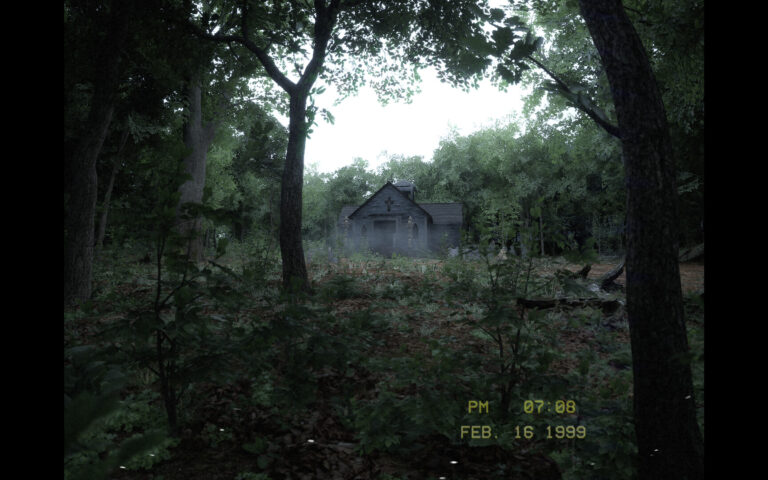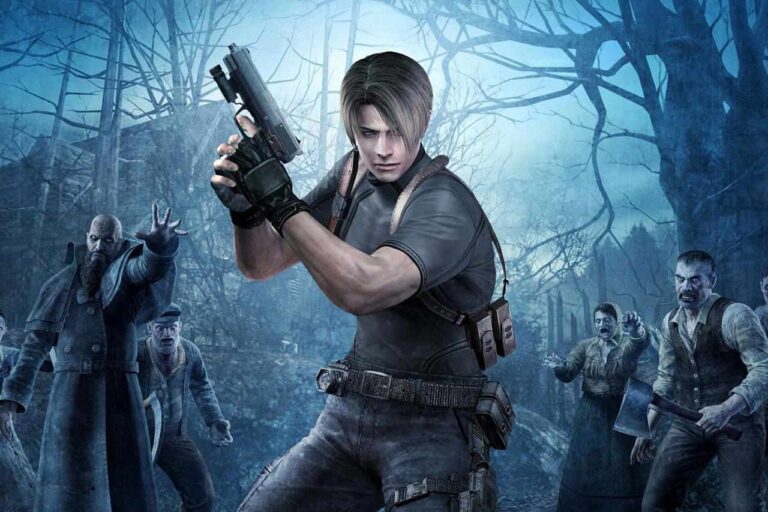If there’s one thing that Resident Evil fans look down upon more than anything it’s Capcom’s decision to take the franchise and turn it into an action affair. One complete with massive explosions, loads of ammunition, non-zombies and boulders. Without even saying it, you know damn well I’m most definitely referring to Resident Evil 5 here, but is the latest numbered entry in the franchise truly the scapegoat? I’m here to tell you that no, we shouldn’t lay blame exclusively on Resident Evil 5 and its action-packed adventure that saw Chris and Sheva unload countless rounds on countless enemies in Kijuju. Instead, we should lay the blame on one pivotal moment in the Resident Evil canon: the destruction of Raccoon City, or quite simply, “the bomb.”
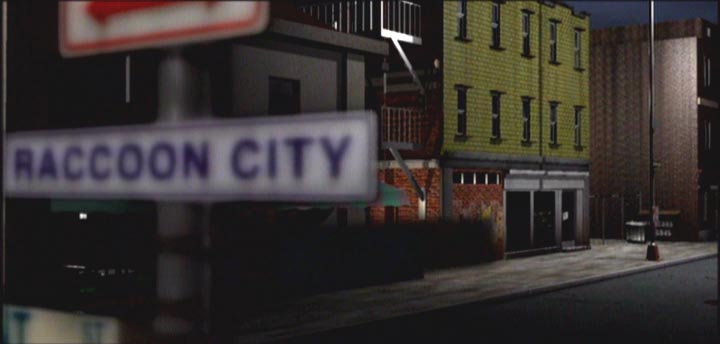
Raccoon City has played host to 3 main numbered entries in the series, with that number being increased if you count all the spin-offs– with the latest one being the upcoming squad-based shooter, Operation Raccoon City. This industrial, mid-western city became synonymous with Resident Evil, and still is to this day. Its Arklay Mountains was where we were first introduced to the world of survival horror by way of the original game on the Playstation. It also served as the setting for what many consider as being the greatest game in the series: Resident Evil 2. In said sequel we got to explore much more of the city, with the RPD station, sewer system and some of the streets being traversed by Claire and Leon. Speaking of opening up more areas, Resident Evil 3 took it even further by pitting Jill in a huge chunk of the city that you’re meant to explore– and get lost in! Then, it went boom.
At the end of Resident Evil 3, after Jill finally puts her best bud’ Nemesis to rest, something quite significant occurs; something that actually stayed true to that all-too common saying, “this will change everything.” It was decided that, as per story progression for the series as a whole, Raccoon City had to be destroyed so that new doors could be open. In this case, ‘new doors’ meant new locales and gameplay changes as we soon ended up getting after the town fans were so fond of was completely wiped off the face of the Earth. This isn’t Silent Hill, though, so the elimination of such a classic setting wasn’t as “controversial” as it would be if it had occured to Konami’s survival horror series, in which the town actually serves as a character in and of itself (not to degrade Raccoon City or anything). With Raccoon City gone, it was time for the series to go to new places. Fans, of course, went along for the ride.
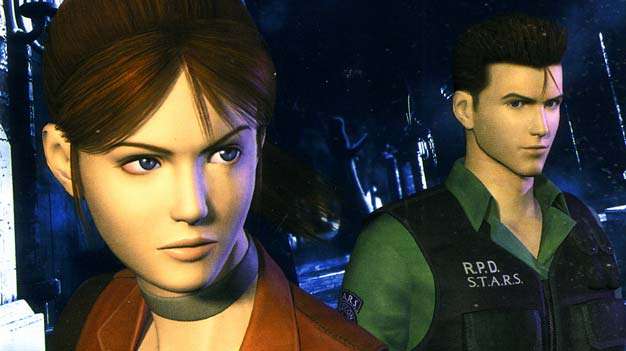
While not the next numbered entry in the series, Code Veronica (released originally for the Dreamcast) was the immediate successor to Resident Evil 3. Being so, it’s sometimes baffling to think that this wasn’t just given the 4 at the end of its title. Even moreso when taking the game’s plot into account which served as a solid and faithful ‘next step’ for the series’ overall lore, going as far as introducing new faces and a new viral threat in the form of the Ashfords and the T-Veronica virus, respectively . Regardless, Code Veronica was the first main-story title to follow up the destruction of Raccoon City and rightfully so, it took the series to a brand new location: Rockfort Island and ultimately Antarctica, and Paris if you count the game’s action-packed intro sequence. Speaking of action-packed…
While nowhere near the levels of action seen, and experienced, in Resident Evil 5, Code Veronica still had its fair share of more action-packed moments when compared to the original trilogy. From an explosive intro sequence seeing Claire infiltrating an Umbrella base in Paris to more weapons being available to plow through enemies with– though ammo conservation was still a must in order to survive. Yeah, these are notable upgrades when it comes to sequels, but my point is that already, this early on, we were seeing the impact of Raccoon City going boom: the series had to go to bold new places, in both narrative and gameplay terms. The biggest change to the series wouldn’t come till 2005, thanks to a little game called Resident Evil 4.
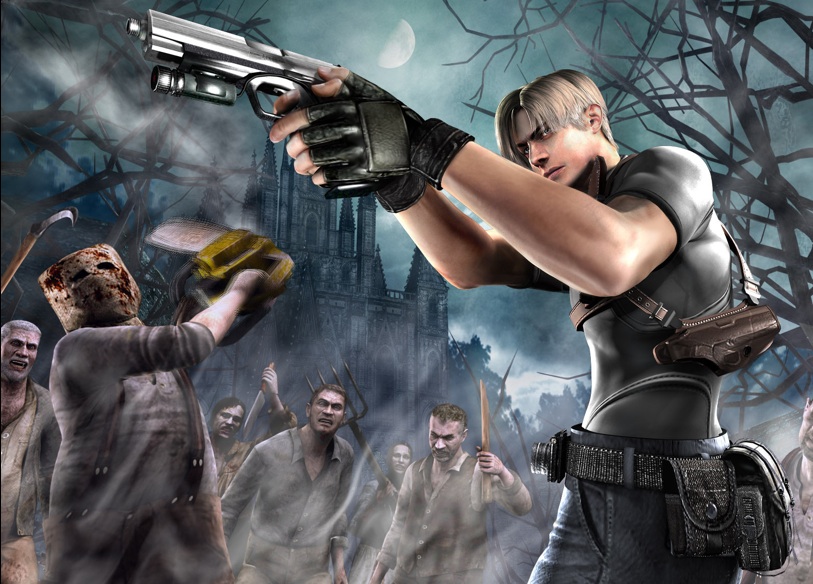
Do I really need to say anything about Resident Evil 4 that you haven’t heard already? Masterpiece. Classic. One of the greatest games of all time. All of these titles are more than fitting for Leon’s second console outing (his first one, Resident Evil 2, is also considered one of the best in the series if not the best). Resident Evil 4 was also important because it took the series to places it had never been before. This was truly the evolution of a classic property and, for all intents and purposes, it worked out brilliantly in the end, leading to one of the finest games we’ve ever been graced with. How did Resident Evil 4 actually evolve the franchise, though?
Well, that’s easy. Quite simply, Resident Evil 4 introduced a much stronger focus on action that was previously unseen in any of the classic entries. We no longer had zombies, now we had hordes of infected villagers,soldiers and monks to dispose of. Disposing of them was made possible by an enlarged arsenal and loads of ammunition to find or purchase from the game’s Merchant. Yeah, this was the first time we saw the effects of Raccoon City’s destruction lead to such a drastic, but downright amazing, outcome. We moved to a brand new setting, got a brand new viral threat, met many new faces, all complemented by a completely new style of over-the-shoulder, action-oriented gameplay. Despite gaining a massive amount of accolades and game of the year recognition–and strong sales, of course– Resident Evil fans knew that the series was now a different beast. Then came everyone’s favorite entry: Resident Evil 5.
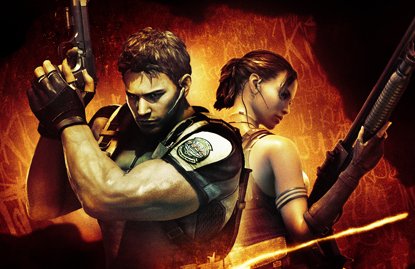
Released in 2008, Resident Evil 5 took the behind-the-shoulder, action approach Resident Evil 4 debuted and took it up a notch, or two. This was most definitely not the Resident Evil one remembers from the series’ Playstation days. I mean, narrative-wise this was still one very faithful continuation, and downright conclusion, to the series’ storyline. We saw Chris Redfield make his big return to the forefront, partnered up with Sheva (for our Character Spotlight on Sheva, click here). Sheva, and thus the notion of being partnered up with someone at all times, served as one of the main reasons why this particular entry strayed the farthest from the series’ tropes. Especially since we were introduced to this game with a cinematic trailer showcasing a male protagonist, on his lonesome, in a heated desert environment (which we still ended up getting), with the ending of said trailer showing shadows of fast enemies running after our protagonist who ended up being series all-star Chris (some of us thought it was Billy!).
But that was then and this is now. The game we did end up getting was a different animal than what that initial trailer, and tidbits of info which detailed a temperature-related hallucination system to be implemented amongst other things, led us to believe. What we got was more survival-action than survival-horror. Despite this, there were still plenty of moments that truly tested the player and invoked fear in them, especially when you’re completely surrounded by enemies and running low on ammo. Despite this familiar feeling of dread, fans still disregard the game as being part of their cherished series.
Resident Evil 5 shouldn’t be the one game to get all the hate and blame for changing what the series used to be, though. If anything, we should lay blame on (not exactly hate) the destruction of Raccoon City which lead to all these changes in the first place. While we’re at it, we should also hate Capcom for attempting to bring change into the series, right? Yeah, there’s a difference between evolutionary change on a sequel-by-sequel basis and a totally drastic one like in the case with classic Resident Evil and Resident Evil 5, but that doesn’t mean we should entirely cry foul at this latest numbered entry. Think about it: when you strip down the classic games to their very basic elements, you have a protagonist going up against infected enemies brought about by an evil organization, elements that are still heavily present in Resident Evil 5. But hey, you just can’t please everyone all the time.
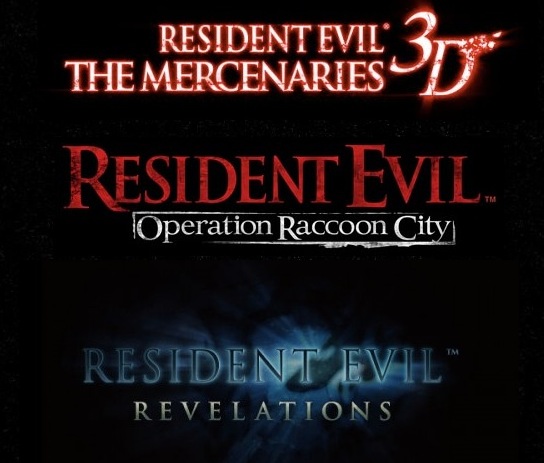
Now let’s shift gears to the series’ current standing. We have quite a good amount of titles to look forward to this year and also in 2012 (excluding Resident Evil 4 HD and Code Veronica X HD since they’re just HD re-releases with trophies/achievements, not that there’s a problem with that or anything). First off is Resident Evi: The Mercenaries 3D for the Nintendo 3DS. The game saw release back in June and it took Resident Evil 4 and 5’s addictive Mercenaries mode (unlocked after you beat the main games) and turned it into its own, stand-alone release. This represented one side of Capcom’s plan for the series going forth: Mercenaries would appeal to those who enjoyed Resident Evil 5’s action-oriented approach while Resident Evil Revelations (also for the 3DS) would appeal to those yearning for the series’ classic sense of horror to return. But before we go to Revelations, let’s talk about Operation Raccoon City.
Yeah, Raccoon City got destroyed at the end of Resident Evil 3 (and Outbreak if you want to get technical), but we’ll be heading back to the town where it all started later this year (maybe early next) with Slant Six’s Operation Raccoon City. This squad-based shooter will give us a look at the outbreak from the perspective of Umbrella. Along the way, you’ll also be able to make an impact on key Resident Evil characters, with Leon being the most marketed one thus far, because, you know, he’s Leon. While fans aren’t exactly fully onboard with the game’s new, even more action-packed than Resident Evil 5, approach, it’s nice to see that we’ll actually be plowing through classic Resident Evil enemies throughout the single and multiplayer campaign. Speaking of classic Resident Evil…
Enter: Resident Evil Revelations. This game has been at the top of many Resident Evil fans’ must-play list since it was originally revealed. The fact that it’s bringing back a true sense of horror and survival is also very, very welcome. This 3DS exclusive, launching next year, will once again put the spotlight on Chris and Jill, while also introducing new faces into the series’ memorable cast: the most notable ones being Jessica and Parker, serving as the aforementioned all-stars’ partners. We got a new viral threat to deal with in this game, the T-Abyss, brought about by a new group that call themselves Veltro. Just recently, we also learned that The Organization will be playing a role in the story as well. While the perspective remains the same as in Resident Evil 4 and 5, the game will defintiely not throw huge amounts of ammo and health your way as you battle the new water-based BOWs. Yeah, baby, ammo/ health conservation is back in full force. All this makes the wait till the game’s early 2012 launch even more tedious to endure.

As one can easily see, the destruction of Raccoon City had more effects, both good and bad, on the series than just the destruction of its iconic setting. Thanks to this devastating event, fans got one of the best games in the series (and of all time, as generic as that title sounds) and also one of the most controversial titles when it came to Resident Evil. Of course I’m alluding to Resident Evil 4 and 5, respecitvely. Raccoon City going bye-bye opened the doors to new things for the series which led to a complete evolution of the series, preventing it from restricting itself to pure copy-and-past antics. Thanks to the president ordering Raccoon City to be wiped out, we got to go to more locales that wouldn’t have been possible had Capcom opted to always have the series tied to the classic town.
Yeah, it’s true, sometimes ‘change’ is a two-sided coin and that expression couldn’t be more true in Resident Evil’s case. The series’ established audience was split down the middle with the release and ultimate reception of Resident Evil 5, but now things are looking positive going forth, thanks in large part to Resident Evil Revelations and the inevitable next numbered entry: Resident Evil 6. So, let’s not be too quick to automatically blame the series’ drastic changes on Resident Evil 5, instead, let’s also point the finger at Capcom’s decision to destroy the series’ memorable setting. And then, maybe you’ll be like me and learn to stop worrying and love the ‘bomb’.

